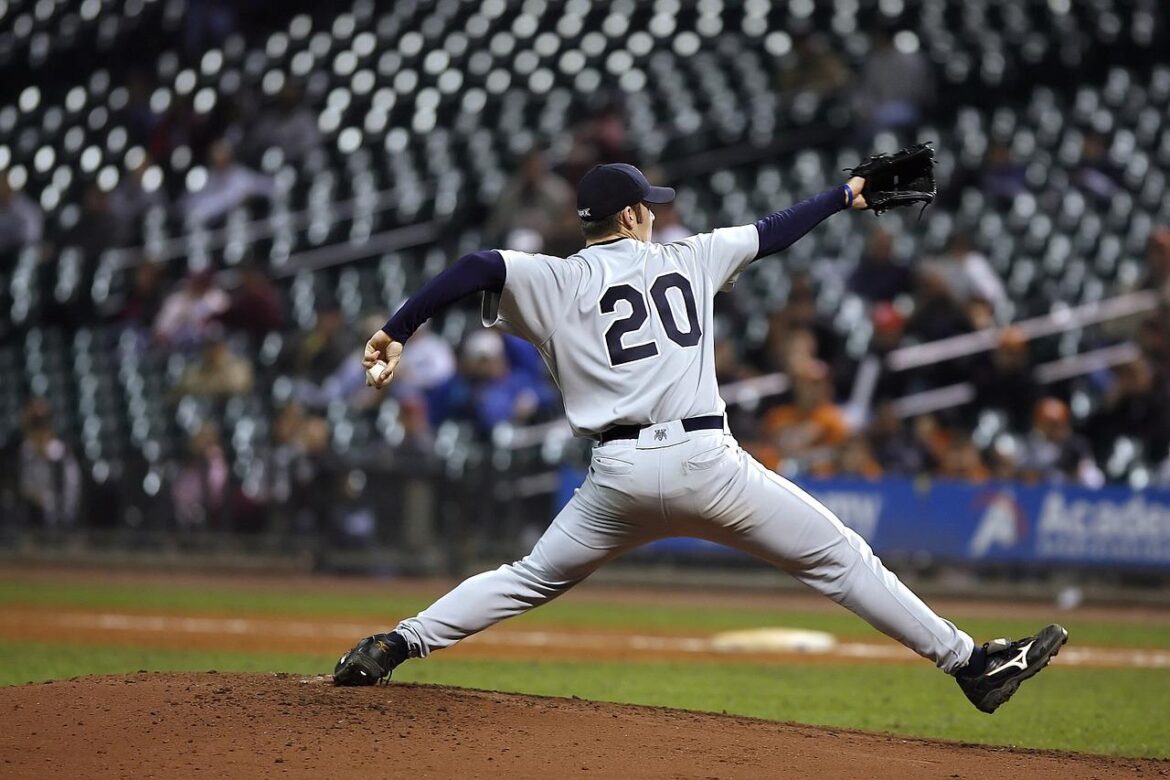How to Maintain Arm Health for Baseball/Softball Players During the Season
Any throwing athlete should strive to maintain arm health and longevity throughout their season. As a Physical Therapist, I am not a huge proponent of using every little gadget and accessory available in the baseball community for arm care and improving performance. However, one tool every baseball or softball player should use as part of their arm care routines is Jaeger Bands or “J-Bands.” These bands are elastic tubing with velcro wrist cuffs that anchor to any fence at the diamond or on any stable surface, which allows use virtually anywhere.
These bands are a phenomenal tool to be used both before the season, during the season, and after the season to maintain arm health all year long. Using J-bands as a part of every players’ routine can improve throwing arm endurance, decrease injury risk, decrease recovery periods between throwing days, increase rotator cuff strength and health as well as increase velocity. As a warm-up routine, J-Bands should be used after a player’s dynamic warm-up has been completed to ensure there is adequate blood flow throughout the body to sufficiently supply the throwing arm and torso.
The Workload of Throwing
An additional critical component to maintaining arm health for throwers throughout the calendar year as well as during the season especially is managing the workload for throwing. Before the season players should be progressing their throwing tolerance from a smaller number of throws and less distance for throws and slowly increasing these values weekly so players can perform at their peak performance when the season starts to when the season ends. It is not uncommon for players to have potential arm or shoulder pain during the season as well. If this happens, players should recognize that it is okay to decrease the workload for 2-3 days with low intent and low volume throws to allow for healing of any irritation or inflammation in the throwing extremity.
Communication is Key
One of the most vital components to maintaining arm health throughout the season as well is communication. This communication can be player-to-player, player-to-parent, or parent-to-coach. If a player has any soreness or pain in their throwing arm they should be communicating this to those around them. If we do not communicate a problem exists this can lead to an even larger injury and a player may lose their season. Seasons are long throughout the year and each player should have a goal of playing through the year without pain. To do this, players should need to have open communication about their current feelings before, during, and after throwing. For example, for the players, I coach I routinely ask them before, during, and after they throw how their bodies are feeling and arms are feeling to ensure maximal success and safety throughout the season.
In conclusion, staying healthy and pain-free should always be a top priority. These examples are some of the most important aspects of being able to achieve this goal. If any player is experiencing arm pain, please reach out to Freedom and allow for one of our physical therapists with baseball and throwing experience to help you return to throwing pain-free.

